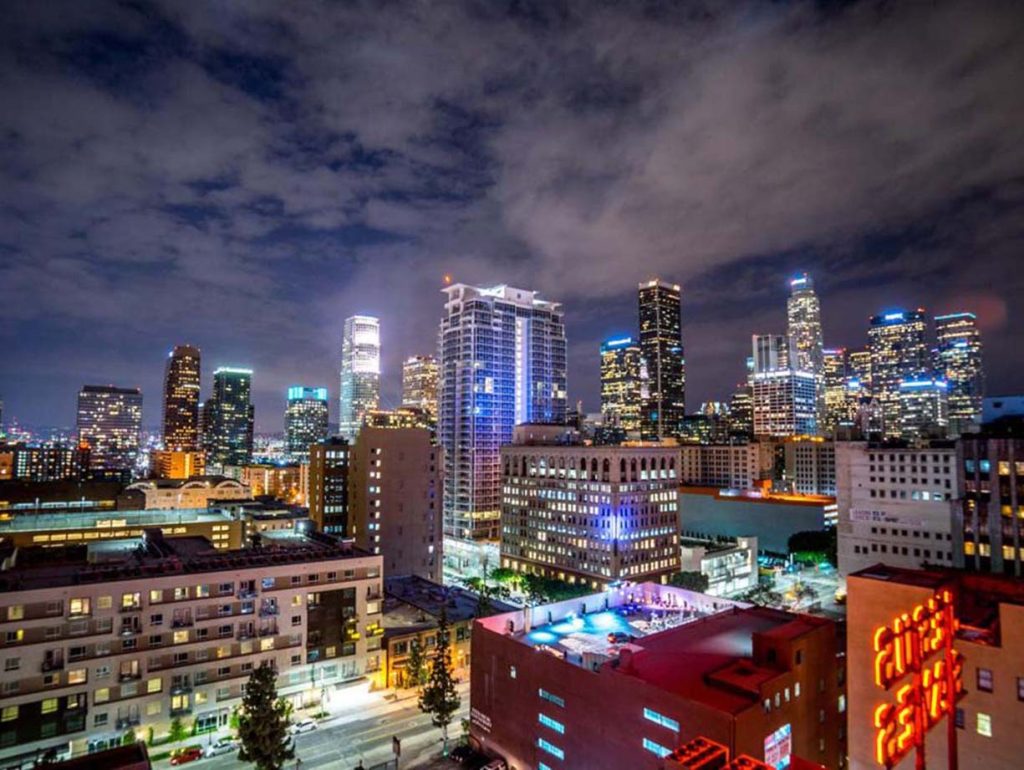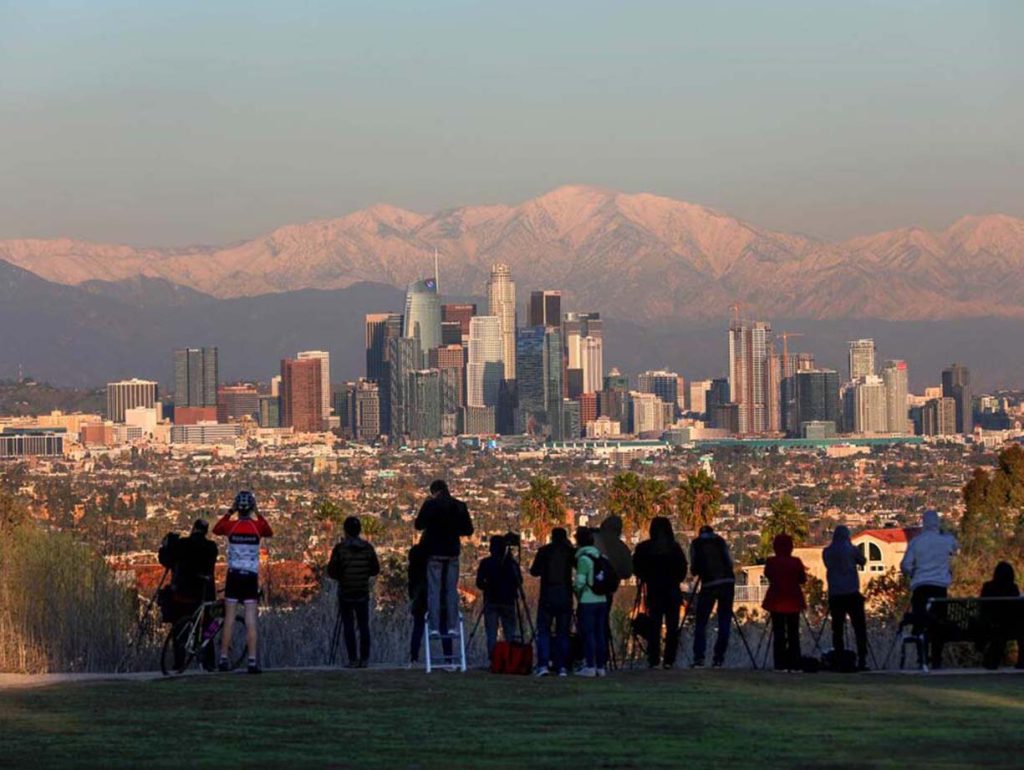Service Overview:
Los Angeles is renowned for its expansive public transportation system, predominantly managed by Metro Los Angeles. This intricate network seamlessly integrates buses, trains, and subways, offering an extensive reach across the city. It’s a vital infrastructure, knitting together diverse locales, from prominent tourist spots to local neighborhoods and bustling business districts.
The sprawling nature of this system is its defining feature, catering to the diverse needs of the city’s inhabitants and visitors alike. Buses traverse through numerous streets and avenues, providing access to areas that might not be directly served by rail lines. Meanwhile, the Metro Rail lines crisscross the urban landscape, connecting key hubs and landmarks with swift, efficient travel options.
This network’s significance extends beyond mere convenience; it serves as the lifeline of Los Angeles, fostering mobility and connectivity among its residents and tourists. The strategic placement of stations and stops makes it possible to explore iconic attractions like Hollywood, Downtown LA, Santa Monica, and Universal Studios, among others, with relative ease.
Moreover, the integration of various transportation modes within the Metro Los Angeles system is a testament to its comprehensive design. Commuters and travelers can seamlessly transition between buses and trains using a single payment method, typically facilitated by the TAP card system. This streamlined approach enables cost-effective and efficient travel across the city’s expansive landscape.
In essence, the public transport network in Los Angeles stands as a symbol of the city’s commitment to accessibility and sustainability. Its ability to link various neighborhoods, cater to diverse travel needs, and reduce reliance on individual vehicles contributes significantly to the vibrancy and functionality of this sprawling metropolis.
Advantages and Disadvantages:
The convenience offered by public transport in Los Angeles truly shines through its extensive coverage and the reliability of its schedules. During my exploration of the city, I found that buses and trains typically adhered to their timetables, which greatly facilitated my trip planning. Knowing the scheduled arrival and departure times allowed me to organize my itinerary effectively, ensuring I could explore various attractions without much hassle.
However, my personal experience also highlighted some challenges inherent in using public transport in such a vast city. Despite the system’s regular schedules, the sheer size of Los Angeles often translated to longer travel durations compared to driving. This aspect became particularly evident when navigating from one end of the city to another; the travel times via public transport were notably longer than if I had opted to drive.
Moreover, during peak hours, the efficiency of public transport was occasionally hindered by congestion. The increased volume of commuters during rush times led to delays, affecting the punctuality of buses and trains. This unpredictability during peak hours necessitated additional flexibility in my schedule, as I had to account for potential delays when moving between destinations.
Despite these challenges, the overall reliability of the system during non-peak hours and its widespread coverage significantly eased my exploration of Los Angeles. The ability to hop on a bus or train and traverse the city with relative ease, especially outside of rush hours, presented a convenient and cost-effective alternative to driving through the city’s notorious traffic.
While longer travel times and occasional congestion were factors to consider, the convenience, affordability, and the ability to avoid parking and traffic stress made using public transport in LA a viable and, at times, preferable option for me as I delved into the vibrant tapestry of this sprawling city.
Geographical Locations and Routes:
Metro Rail lines crisscross the city, with key routes including the Red Line connecting downtown to North Hollywood, the Blue Line to Long Beach, and the Expo Line to Santa Monica. The extensive bus network supplements these rail lines, reaching areas not serviced by trains.
Fares and Discounts:

The fare structure within Los Angeles’ public transport system is diverse, catering to different modes of travel and distances covered. This variation in fares is primarily influenced by the mode of transport chosen and the actual distance traveled during the journey.
Metro Los Angeles introduces a TAP card system, a valuable innovation facilitating convenient payments and offering discounted transfers between buses and trains within specific time frames. This TAP card system functions as a unified payment method across the entirety of the transit network. Commuters and travelers can load funds onto this card, allowing for seamless transitions between different modes of transport, be it buses, trains, or subways. The discounted transfers offered within a certain time window incentivize the use of public transport, encouraging flexibility and affordability in commuting.
For frequent travelers or those planning extended stays in Los Angeles, Metro Los Angeles provides various pass options tailored to different needs. Daily, weekly, and monthly passes are available, providing cost-effective solutions for those relying extensively on public transport during their time in the city. These passes not only offer economic advantages but also simplify the travel experience, eliminating the need for frequent ticket purchases and ensuring uninterrupted exploration of the city’s offerings.
The reason behind this multifaceted fare structure and the introduction of passes and TAP cards lies in enhancing accessibility and affordability for commuters and tourists alike. It aims to streamline the payment process, encourage the use of public transport, and provide cost-saving options for regular users, thus promoting a more sustainable and convenient mode of travel within the bustling urban landscape of Los Angeles.
Personal Experience:
In my personal experience navigating Los Angeles, driving within the city proved to be quite time-consuming, especially when tackling the roads during peak rush hours. On average, covering a trip across town demanded a significant chunk of time, typically ranging between 45 minutes to an hour. However, this timeframe fluctuated significantly based on the specific destination and the time of day.
The realization of time constraints while driving in LA prompted me to explore alternative methods for navigating the city. I turned to various transit apps such as Transit, Google Maps, and the official Metro app, which became my go-to tools for planning and executing my journeys. These apps provided an invaluable resource by offering real-time updates on available routes, precise schedules, and detailed fare information.
Relying on these transit apps not only streamlined the planning process but also alleviated uncertainties associated with commuting. The ability to access up-to-date information regarding routes and schedules instilled a sense of confidence in my travel decisions, ensuring I could efficiently navigate the intricate web of Los Angeles’ public transport system.
Moreover, the convenience of making payments directly through these apps further simplified the transit experience. The seamless integration of stored card information within the apps eliminated the need for cash transactions or physical tickets, adding a layer of convenience to my journeys.
This shift from relying solely on driving to utilizing transit apps and public transport aligned with my desire for a more efficient and stress-free means of exploration within the city. The accessibility of real-time information and the ease of digital payments significantly enhanced my overall experience, offering a more seamless and informed approach to navigating the vibrant streets of Los Angeles.
Costs and Recommended Transport:
The costs for public transport in Los Angeles are reasonably structured, catering to various travel needs and durations. For those planning an extended stay or intending to explore the city extensively, different fare options exist that offer affordability and flexibility.
A single ride on the Metro system typically costs $1.75 regardless of distance traveled, which includes transfers between different modes of transport within a two-hour window using the TAP card. The TAP card itself costs $2 initially but can be reloaded with funds for subsequent rides.
For frequent travelers or tourists staying for more extended periods, Metro Los Angeles provides several pass options:
- Day Pass: Priced at $7, this pass allows unlimited rides on Metro buses and trains for a single day.
- Weekly Pass: Valued at $25, the weekly pass grants unlimited travel for seven consecutive days on all Metro lines.
- Monthly Pass: This pass costs $100 and enables unlimited travel throughout the calendar month on Metro buses and trains.

The introduction of these passes offers cost-effective solutions for individuals planning to extensively utilize public transport during their stay in Los Angeles. It’s particularly advantageous for tourists seeking comprehensive access to the city’s diverse neighborhoods, attractions, and landmarks.
Regarding the recommendation for utilizing a combination of Metro Rail and buses for a comprehensive experience, this suggestion aligns with the city’s expansive layout. The Metro Rail, including lines like the Red Line, Blue Line, and Expo Line, provides a relatively efficient means to cover longer distances within the city. Meanwhile, buses supplement the rail network, reaching areas not directly serviced by trains and enhancing connectivity across neighborhoods.
By strategically leveraging both Metro Rail and buses, travelers can access a more comprehensive and immersive exploration of Los Angeles while enjoying the cost benefits offered by the various pass options available.
In conclusion, navigating Los Angeles through public transport is feasible and cost-effective for travelers. While it may not match the convenience of driving in terms of time, the experience allows for a deeper immersion into the city’s diverse neighborhoods and culture. Utilizing the various transit options efficiently can transform a visit to LA into a memorable and manageable exploration.
Overall Rating: 🌟🌟🌟🌟 (out of 5 stars)
Note: Costs and travel times may vary based on individual circumstances and traffic conditions.
